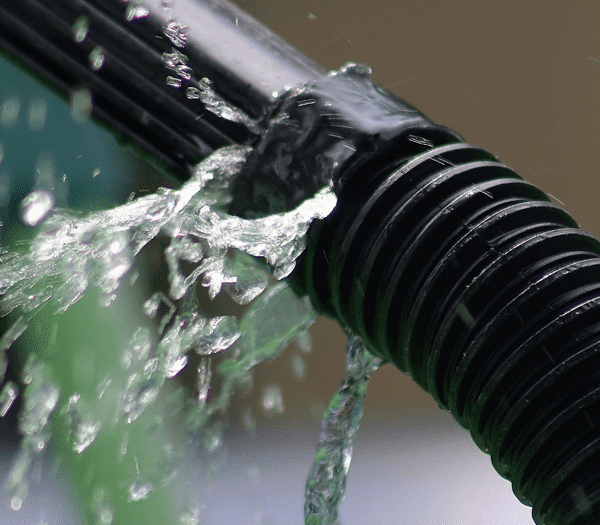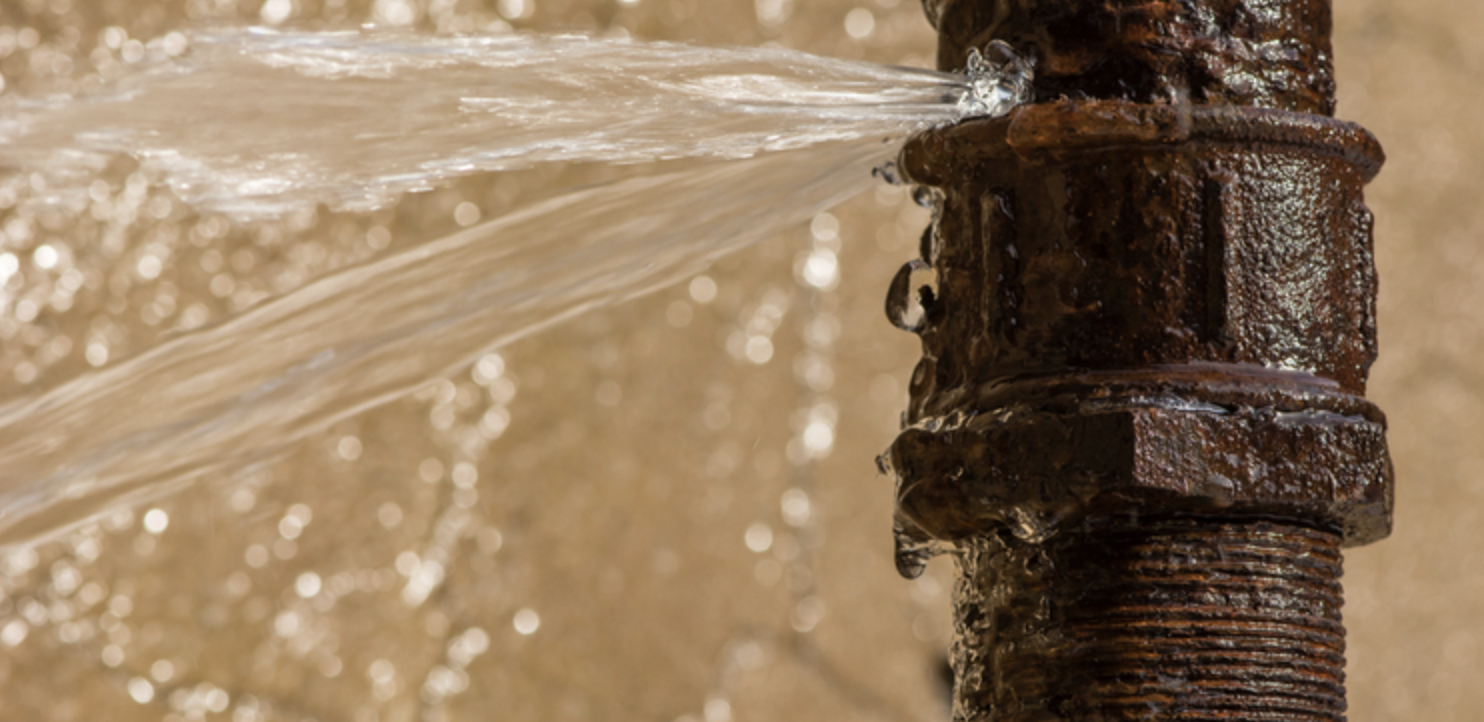What are your thoughts about Got a Burst Pipe? Turn Off Your Main Water Valve?

You should recognize just how to turn off your main water line if you experience a burst pipe. Don't wait for a plumbing emergency before learning just how to get this done. Besides, other than emergency leakages, you will need to shut off your main water valve for plumbing fixings or if you leave for a lengthy trip. Learn even more about it in this tiny guide.
Must This Always Be Turn off?
Other than emergency situations, repairs, or long trips, you may not need to shut off the primary shutoff. For example, so one fixture has problems, you can switch off the branch valve because area. This way, you can still make use of water in other parts of the house. For best outcomes, call a dependable plumber for emergencies.
Why Must You Shut the Main Line Off?
Familiarizing on your own with exactly how your mainline activates as well as off can save you during an emergency. As an example, when a pipeline instantly bursts in your residence, you'll be besieged with panic. Hence, you can conveniently shut the valve off and avoid much more damage if you recognize what to do. Furthermore, closing this off guarantees you don't have to deal with a sudden flooding in your home.
In addition to that, closing and opening the shutoffs periodically guarantees they do not get stuck. It is likewise the very best time for you to examine for corrosion or various other broken connections. In addition, make it an indicate educate other relative on what to do. This makes regular upkeep and managing emergency situations a lot easier. You can potentially conserve yourself thousands of bucks in repairs.
Where is This Key Shutoff Situated?
The major water line supply can differ, so you may need to find time to identify where it is. However, when your home is obtaining drenched because of a burst pipeline, you don't have the high-end of time during an emergency. Thus, you must plan for this plumbing predicament by finding out where the valve lies.
This shutoff valve can appear like a round valve (with a lever-type manage) or a gate valve (with a circle spigot). Placement relies on the age of your house and also the climate in your location. Check the following typical places:
Pipe Burst? Here's What to Do Next
There's nothing worse than that sinking feeling that sets in when you notice water dripping from your ceiling or — worse — gushing from a broken pipe. Many homeowners find themselves panicking as they start to tally up the water damage repair costs. Fortunately, a bit of forward planning can help you avert a total plumbing disaster.
What Happens When a Pipe Bursts?
There are several reasons that your pipes could burst, though one of the leading culprits is ice. When the temperature outside dips below freezing, the water in your pipes can freeze, too. When water freezes, it expands, putting significant pressure on your pipework.
When your pipes freeze for the first time, they may withstand the added pressure without any adverse effects. However, allowing your pipes to freeze repeatedly will gradually weaken them as they expand and contract, eventually causing them to burst or crack.
Corrosion High water pressure Blockages Invading tree roots How Do You Know If Your Pipes Have Burst?
When you mention broken pipes, most people imagine water gushing dramatically from the wall or ceiling. However, the first signs are often subtler. It's a good idea to look out for the less obvious symptoms of a major leak.
When a water pipe bursts, moisture starts seeping into your floors, ceilings and insulation, causing significant damage. Eventually, mold and mildew start to flourish, creating a potentially hazardous living environment. If you find yourself wading through puddles of water on the floor or can hear water bubbling inside the walls, you won't be left in any doubt as to whether you have a burst pipe.
Unexplained Hike in Water Bills
If your water bill suddenly shoots up for no apparent reason, it could be a sign of a burst water main. As water seeps out of the pipe, it sends your water usage sky high. Any unexpected increase in your water bills warrants further investigation.
Reduced Water Pressure
A broken water main or burst pipe means your system must work harder to maintain a supply to your faucets and other fixtures. Therefore, reduced or uneven water pressure could be a sign that you've got a leak. While there are a few potential causes of dodgy water pressure, it's important to find the reason quickly to prevent water damage.
No Flow
Reduced water pressure is inconvenient enough, but you may suddenly find that you have no water flow at all. One of the most likely reasons for a complete lack of running water is a frozen pipe. You should defrost your pipes as quickly as possible to stop them from bursting.
If you can access the frozen pipe, you could try defrosting it yourself. Turn on the central heating to around 70 degrees and use a gentle heat source like a hairdryer or infrared lamp to warm the pipe up gradually — never use a blowtorch or other open flame. If the pipe is inaccessible or your efforts aren’t fruitful, call a plumber to defrost the pipes for you.
Damp Patches in Your Home or Yard
As water flows out of a burst pipe, you may notice damp or discolored patches on your walls, floors or ceilings. If the leak happens under a tiled floor, it could make the tiles feel wobbly or unstable.
Don't forget to look for exterior signs of a burst pipe. Depending on the location, you may also see puddles, depressions or wobbly pavement in your yard.
https://www.homeserve.com/en-us/blog/home-improvement/frozen-pipe-burst/

I found that entry on What Do I Do If I Have A Burst Pipe In My Home? while doing a search on the search engines. Those who liked our page please do not forget to pass it around. I truly appreciate reading our article about Steps to Take When a Pipe Bursts.
Secure efficient service.